Inspirational Female-Fronted Films in Modern Cinema, Part 2
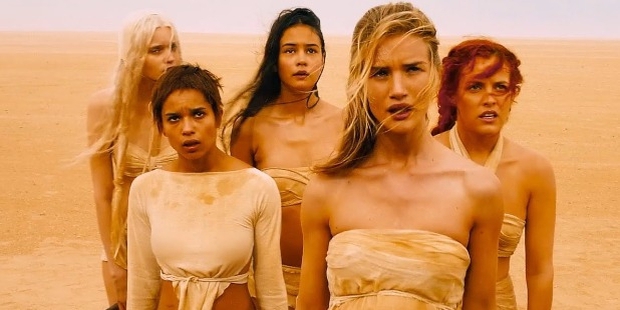
What’s great about the world of cinema is that it allows people to be transported into worlds beyond their imagination, whether what they see on the silver screen is a reflection of real life or an alternate version of reality where the most extraordinary things can happen. More often than not, such fantastical stories are carried by male protagonists with women often relegated to a supporting love interest role. Now that we are living in a time when women are fighting for equal rights, it makes sense that the film industry is more aware of the changes in our society and telling great and compelling stories about women without patronizing their capabilities as leading ladies.
More than just racking up box-office numbers or generating critical reviews, cinematic stories about women should be valued for their ability to engage audiences just as much as movies starring men in the lead do. Audiences looking to discover fresh ideas should count themselves lucky that they are able to bear witness some powerful tales about the female experience in a wide variety of genres and headlined by highly talented actresses. Continuing from the previous post that listed a wonderful selection of filmmaking gems, here are more amazingly crafted modern-day movies you should watch to celebrate this year’s International Women’s Day.
Frances Ha (2012)
It’s no secret that millenials are wildly idealistic and capable yet are also prone to fits of recklessness and irresponsibility. Despite this strange combination, there’s something to be said about the resilience and optimism that many people in their twenties commonly possess. Today’s generation of young adults struggling to make ends meet after graduating from college may find something to cheer, laugh, and cry about when watching the entirety of Frances Ha. This quirky comedy written by and starring indie film actress Greta Gerwig (pictured below) makes a convincing case that comedies can be smart, sophisticated, and most importantly, have a funny and relatable woman at the center of it all.

The film is presented in stunning black-and-white with gorgeous contrasts which gives it a classic French New Wave timelessness despite its modern setting in New York City. Gerwig portrays the titular character with naturalistic aplomb, as she faces the ordeal that most twenty-something individuals encounter in terms of strained friendships, uncertain career prospects, and the ever-present threat of financial hardships. However, the film allows its plucky heroine to make those mistakes along her rollercoaster journey so that she could emerge victorious at the end. This is a film that you simply can’t miss, especially if you’re in the midst of experiencing a quarterlife crisis and need a boost of inspiration.
Black Swan (2010)
The realm of horror movies has always been something of a double-edged sword when it comes to women. On the one hand, they are often portrayed as powerless victims that end up suffering in the hands of antagonists; in the other, they can also be utilized as the ideal embodiment of conquering all horrific obstacles that may come their way. Very rarely do women channel both victim and conqueror in the same role for a horror film and emerge triumphant, but that it exactly what happened in the deliciously mind-twisting Black Swan starring Natalie Portman (pictured below). This psychological thriller film goes beyond the stereotypical conventions of the horror genre and provides a visceral examination of what it means for ambitious young women to achieve the pinnacle of perfection in their careers.
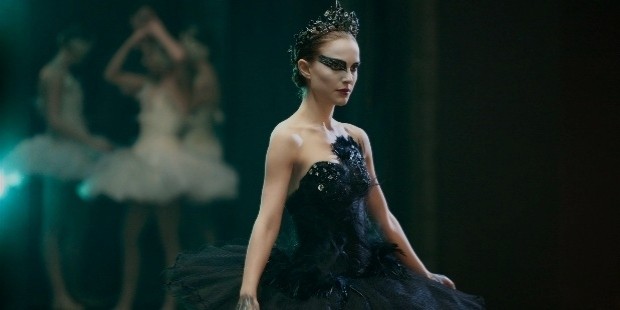
Portman plays a mild-mannered yet perfectionist ballerina named Nina Sayers who is selected to play the demanding principal dancing role in a contemporary production of Swan Lake. The film follows her gradual descent into terror as she begins to experience surreal visions and disturbing physical sensations while reaching ever closer to the opening night of her debut performance as a lead dancer for her ballet company. The movie delivers the goods in spades and Portman’s bravura performance reveals complex layers to a character that undergoes a wildly dramatic transformation by the film’s end. Impeccably acted and bracingly intense, Black Swan is a marvelous cautionary tale that will surely make audiences think twice about pushing themselves to the limit in the name of success.
Mad Max: Fury Road (2015)
Blockbuster action films are generally the domain of handsome actors oozing with bravado and machismo. Although there have been actresses who’ve headlined action films in the past, the action genre as a whole is still predominantly a man’s world where women are often portrayed as seductive love interests that tend to be objectified by the lens of a camera. But in the case of Mad Max: Fury Road, all genre conventions are thrown violently out the window as it definitively shows that women are strong, capable, and fierce creatures who are able to prove themselves as righful equals to men and not as lesser beings that are simply meant to be objects of pleasure or desire.
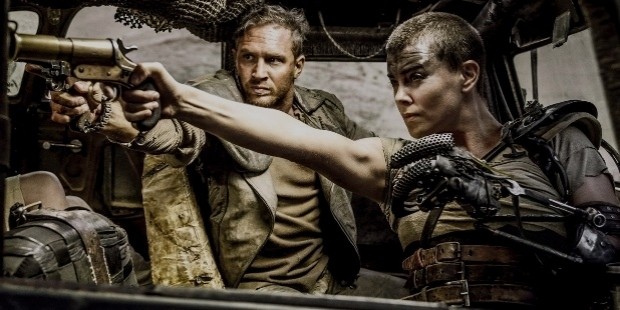
Even though the title of the film carries a fictional man’s name played by Tom Hardy, audiences shouldn’t be fooled by it whatsoever. The real star of this mind-blowing work is Charlize Theron as Imperator Furiosa (pictured above with Hardy), a confident and ferocious warrior woman who defies a tyrannical villain in order to free a band of young and beautiful girls from sexual slavery. The timing of this film could not have been more perfect as the discussion and debate about feminism and equal rights reached a fever pitch when this movie was released to theaters. Everything one expects from a perfectly executed action film is here, with eye-popping explosions and thrilling chase scenes mixed with an undeniably feminist tone that both women and men alike could surely appreciate and respect.
Dancer in the Dark (2000)
There are instances when two distinctive film genres work best when they are combined, thereby creating something new and innovative for audiences to enjoy. A common example of this is the drama-musical, where a dramatic narrative is supplemented by several song numbers that help drive the plot as well as character development. In the wrong hands, a hybrid like this could end up being a disaster. But when it is done right, as is the case with Dancer in the Dark, then it’s like one of those truly serendipitous moments where the universe has conspired with the gods of cinema to create something special and has the ability to break hearts yet uplift spirits at the same time.
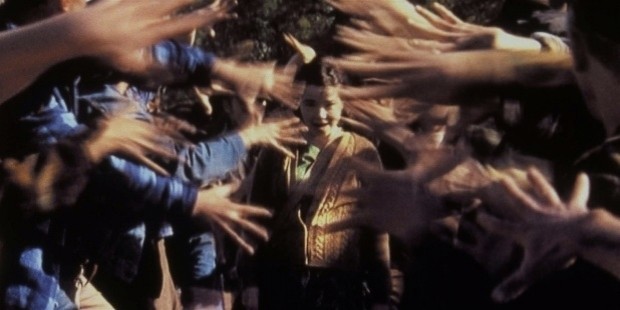
Although avant-garde Icelandic musician Björk has rarely done acting work in film, she makes the most out of her leading role as a Czech immigrant named Selma Ježková (pictured above), a single mother who is gradually going blind from a degenerative eye condition. Co-starring French film legend Catherine Deneuve, Björk reveals herself to be a magnetic and scintillating onscreen presence and particularly comes alive during the musical sequences whose songs she has composed and arranged herself behind the scenes. The film itself is an emotionally devastating love letter to motherhood as Björk’s character literally sacrifices everything within her power to ensure that her beloved son will not experience the bleak threat of blindness. Dancer in the Dark is a courageous and visionary piece of work unashamed of its wildly melodramatic elements and driven by the sheer force of acting and singing delivered by Björk.
Blue is the Warmest Colour (2013)
Audiences rarely come across love stories about the queer female experience since most LGBT films produced by mainstream or independent cinema often involve two men. However, lesbians and bisexual women are common figures in our society and thus should receive decent representation on the silver screen. Audiences looking for an LGBT drama film with two female leads should find Blue is the Warmest Colour as the answer to their moviegoing prayers. There’s a significant amount of pedigree to be had with this work, as this was the film that won the prestigious Palme D’Or prize at the 2013 Cannes Film Festival, along with countless raves and reviews from professional film journalists.
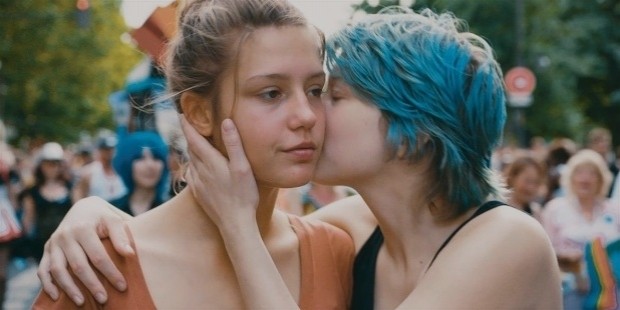
Anchored by the volcanic performances of French actresses Adèle Exarchopoulos and Léa Seydoux (both pictured above), the film tracks the story of these two young women who meet by circumstance and gradually experiencing the various stages of love and heartbreak through the course of several years. The film is richly layered with naturalistic dialogue and relatable scenarios, as well as demonstrating a sense of powerful yet sensitive intimacy that one would normally expect from seeing a love story between a man and a woman rather than from two women. Blue is the Warmest Colour is a celebratory ode to the enduring power of love, even if some love stories don’t always get their happy endings.
Inside Out (2015)
Outside of live-action movies, animated feature films are great avenues for talented actresses to expand their range by doing vivid vocal performances that give life to fictional characters created through traditional or digital means of animation. Voice-over work for animated films also give actresses the freedom to express themselves in ways that they wouldn’t normally do when placed in front of cameras. Indeed, some of the best female characters in modern cinema actually come from animated movies as they are able to do the kind of impossible feats that couldn’t even be done through live-action films. It’s no surprise then that premier animation studio Pixar has given females everywhere—from young girls to grown women—a film that champions the power of emotions via Inside Out.
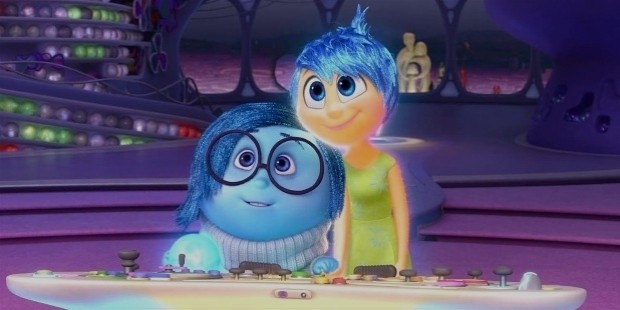
Starring Amy Poehler and Phyllis Smith in the lead roles of Joy and Sadness respectively (pictured above), the two visual manifestations of human emotions initially start out their adventures in the mind of their physical host as a dysfunctional pair who can’t find common ground due to their diametrically opposing personalities. But as the film progresses, the two gradually learn to realize that they work best as a team and that the idea of experiencing emotion isn’t simply confined to just one feeling at a time. Surprisingly complex yet filled with generous amounts of intelligence and empathetic warmth, Inside Out is a valuable cinematic lesson that everyone should be inspired by.









